Burger King has revealed plans to shut down 400 of its outlets. Just months down the line, it is evident that the company is making good on its promise.

With dozens of its restaurants no longer in business, analysts and investors are growing uneasy about the move. However, a news reporter has discovered why this is a wise move.
The Shocking Announcement
When Burger King announced that it would close down a number of its outlets as far back as May 2023, not many people saw it coming.
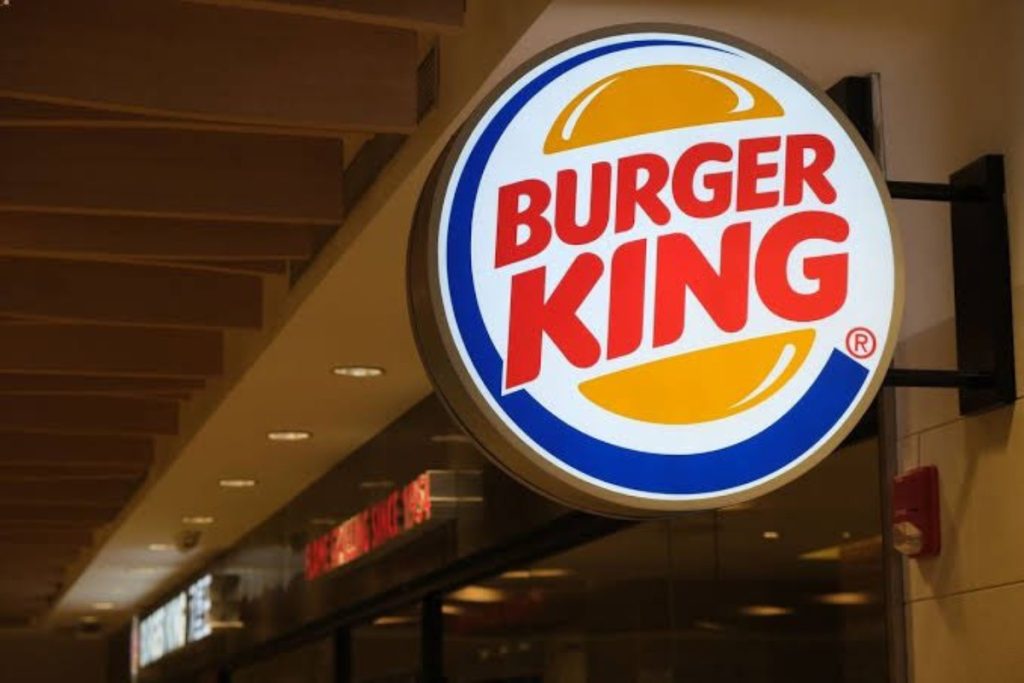
Analysts and customers were taken aback by the move, which the company said is aimed at improving the “overall health” of the company’s franchise system. The company did not, however, specify which locations would be affected.
300 to 400 Restaurants Could Be Shut Down
While clarifying the announcement to reporters, Burger King CEO Joshua Kobza disclosed that the plan isn’t unprecedented. He revealed that the fast-food brand has been closing a couple hundred of its restaurants every year.
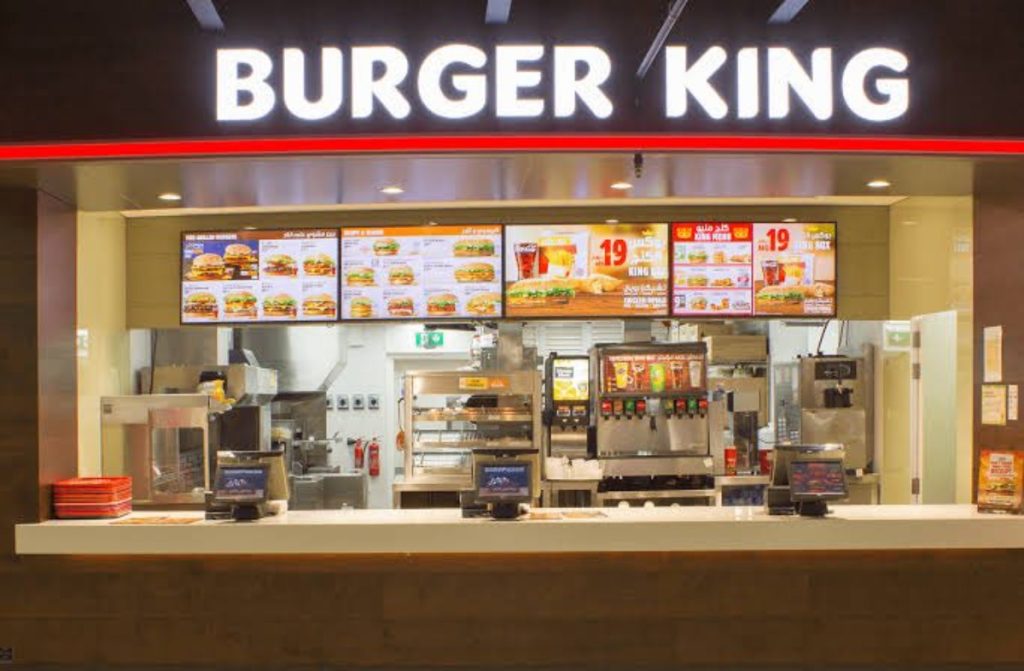
He further stated that the move will cause 300 to 400 of such restaurants to cease operations while adding that there is a “fair degree of uncertainty regarding exact numbers.”
Burger King Has Closed 200 Restaurants in the Past Year
Burger King had set the ball rolling even before its mass restaurant closure announcement in May. Its unit count has dropped by 2.8% in the past year, representing 200 restaurants out of the 6,864 it used to have across the United States.
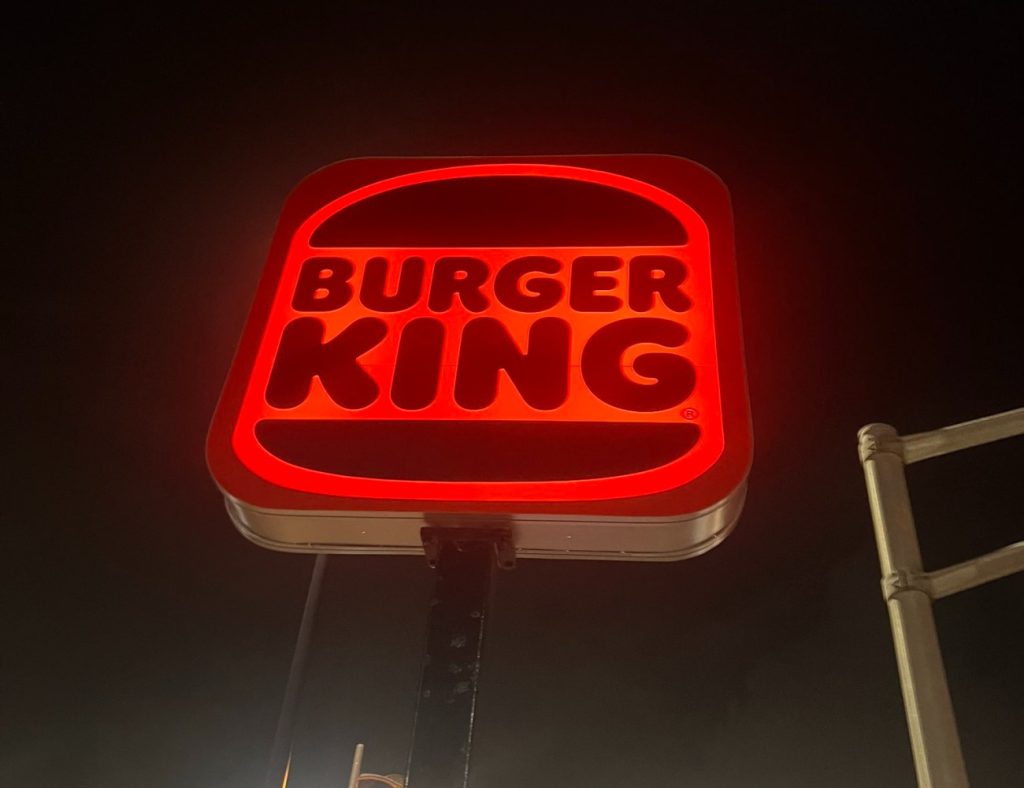
Matt Dunnigan, the Chief Financial Officer of the chain’s parent company, Restaurant Brands International (RBI), said the exercise would be finalized by the end of the year.
What Are the Affected Locations?
The regions mostly affected by the mass closures include the Midwest and West. Most affected states include Illinois and Michigan. There have also been pockets of closures in Florida and New York.
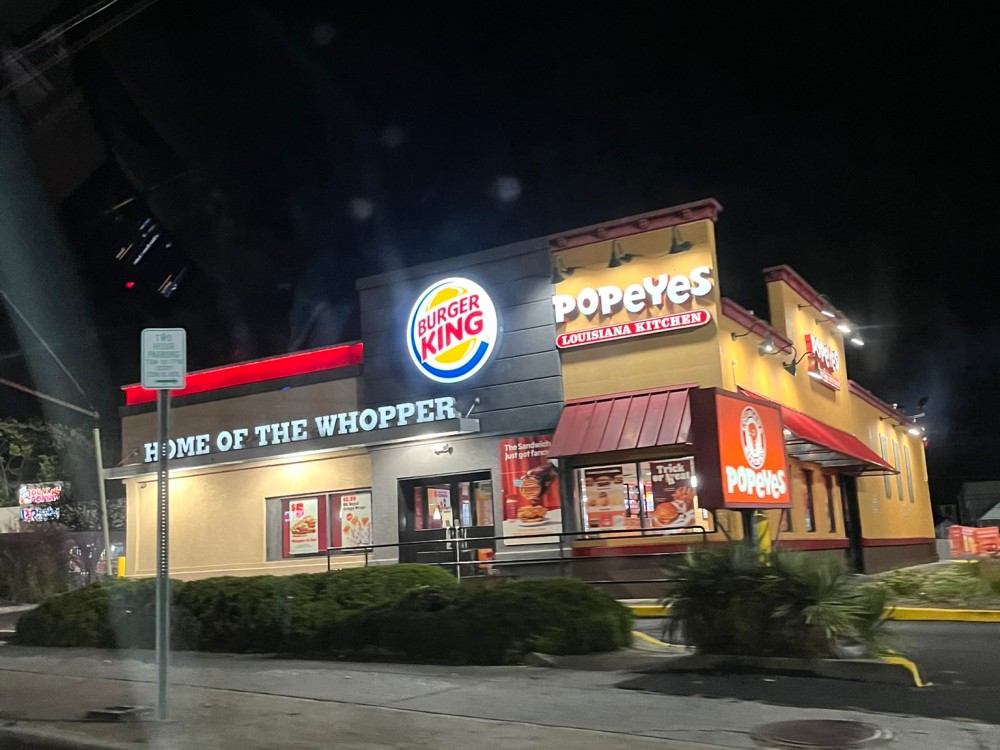
States likely to join because of their heavy Burger King presence include Kansas, Minnesota, Montana, Nebraska, and North Dakota. The company has assured that the choices of outlets for closures won’t be indiscriminate as it will focus on the “most distressed situations.”
ALSO READ: GOP Candidate Unleashes Wrath on New York City that Refused Him a Seat
Company Executives Are Convinced That This is a Good Idea
Amidst the skepticism over the move, company execs are optimistic about the victory of the exercise. To ensure success, they have also set aside $400 million for marketing and remodeling their outlets in the “Reclaim the Flame” project.

So far, the plan seems to be working out fine. With 6.6% in same-store sales in the 3rd quarter and ahead of its rivals, no one can argue much with the brand’s wisdom.
Quality Over Quantity
As Burger King continues to stave off fierce competition from its peers, such as McDonald’s and Chipotle, it believes that the closures will provide an upper hand. The company plans to phase out its low-performing restaurants while focusing on high-flyers.

After the closures are complete, the company has announced that it will only accommodate high-quality operators to build new restaurants or take over existing ones.
ALSO READ: Man Ends His Life by Setting Himself on Fire Outside McDonald’s
A News Reporter Investigates
Erin McDowell, a Business Insider reporter, has taken the responsibility of understanding the situation in the fast-food company. “I visited three Burger Kings in New York City to see what the dining experience was like at the chain,” she wrote.

Her first stop was at the Burger King “in the financial district, a few blocks away from the 9/11 memorial and the Oculus.” She went on to detail her experience.
“Clean and Comfortable”
About this restaurant, Erin noticed that the environment was “clean and well-managed.” Its large windows made it well-ventilated, and its decorations for the fall season throughout Christmas brightened the place.
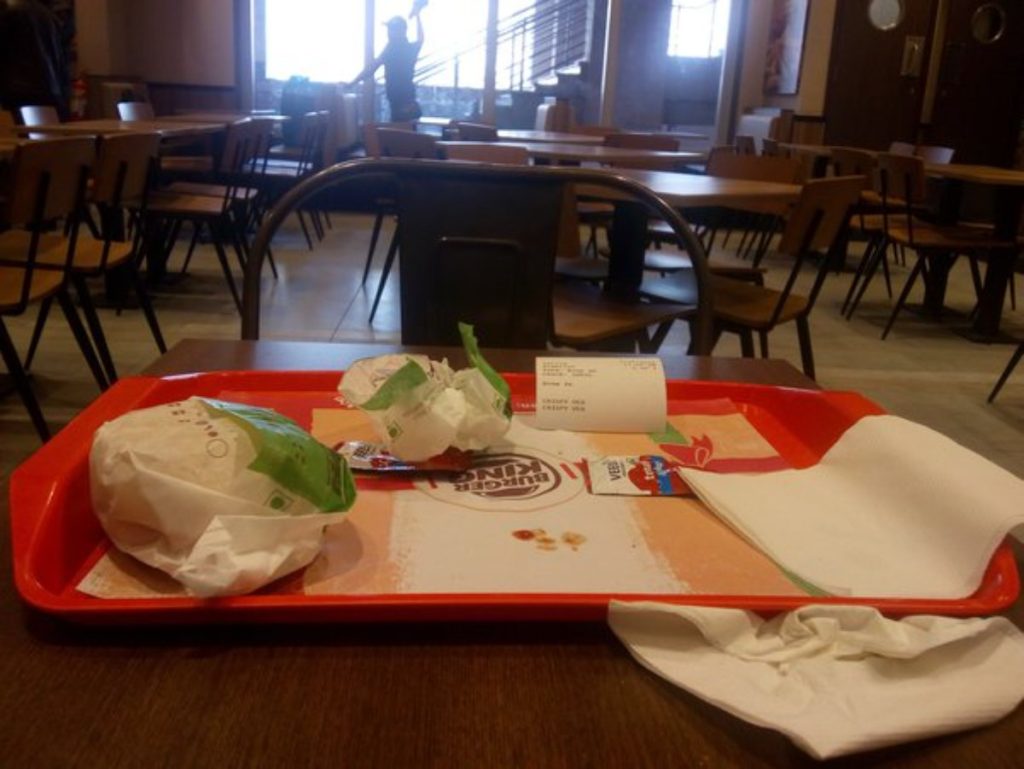
She met about a dozen customers in the place during peak lunch hour and was attended to in no time. Essentially, she was impressed by how conducive the environment was.
But “Nothing Out of the Ordinary”
Erin also saw that the restaurant had many places to sit, especially in the dining room upstairs, which had murals on the wall with maps that showed how close the location was to the city’s major landmarks.
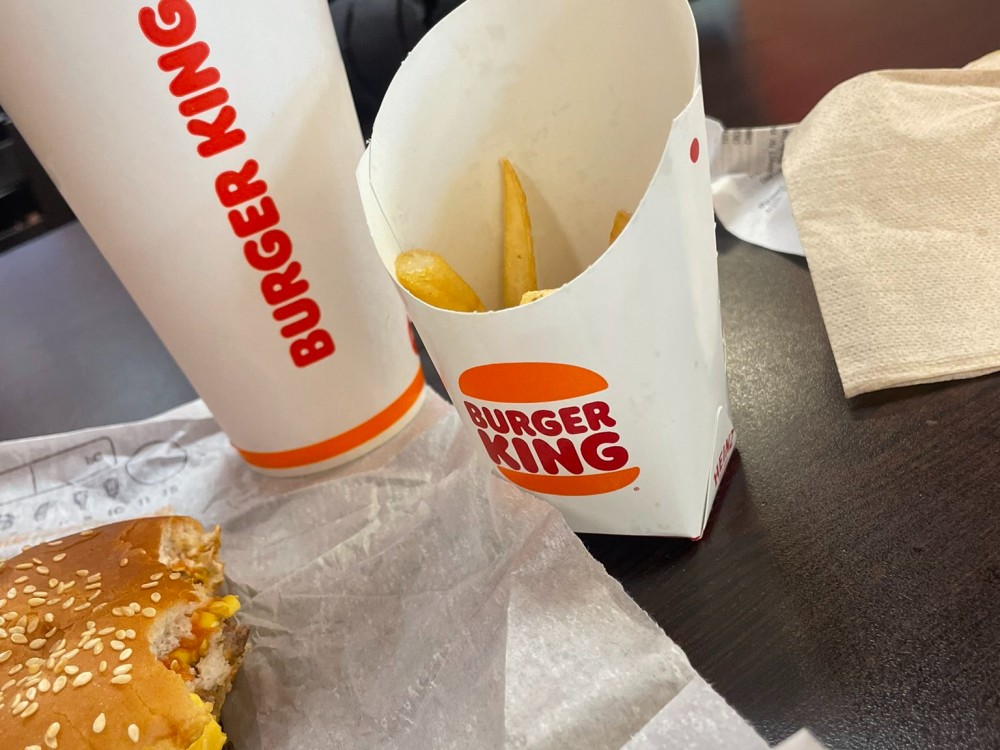
The food was good, too. The Whopper-with-cheese meal she ordered tasted fresh and well-cooked. It came with fries that were perfectly salted. All at $13.38 with tax. Overall, she described her experience as great but “nothing out of the ordinary.”
POLL – Is Artificial Intelligence a Net Positive or Negative for Mankind?
The Manhattan Burger King
Her second stop was at the Burger King on Manhattan’s Lower East Side. Just like the previous one, it was neat, well-designed, and looked pretty modern. It also attended to its customers’ eyes as well as their stomachs with vintage photos of the chain.
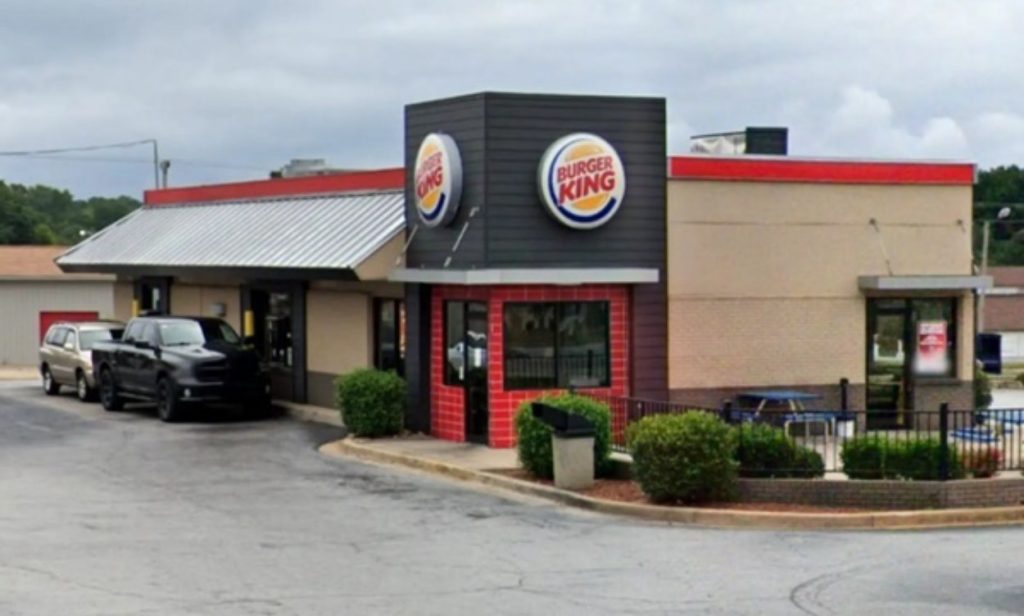
Service was quick and friendly, and the $3 honey mustard chicken wraps, though light, tasted great.
ALSO READ: A Man was arrested because his cheeseburger had a peculiar filling
Finally, Brooklyn
Finally, she stopped at Brooklyn’s Burger King, which looked markedly different from the other two, with a Plexiglass shield between the eating area and the cash register.
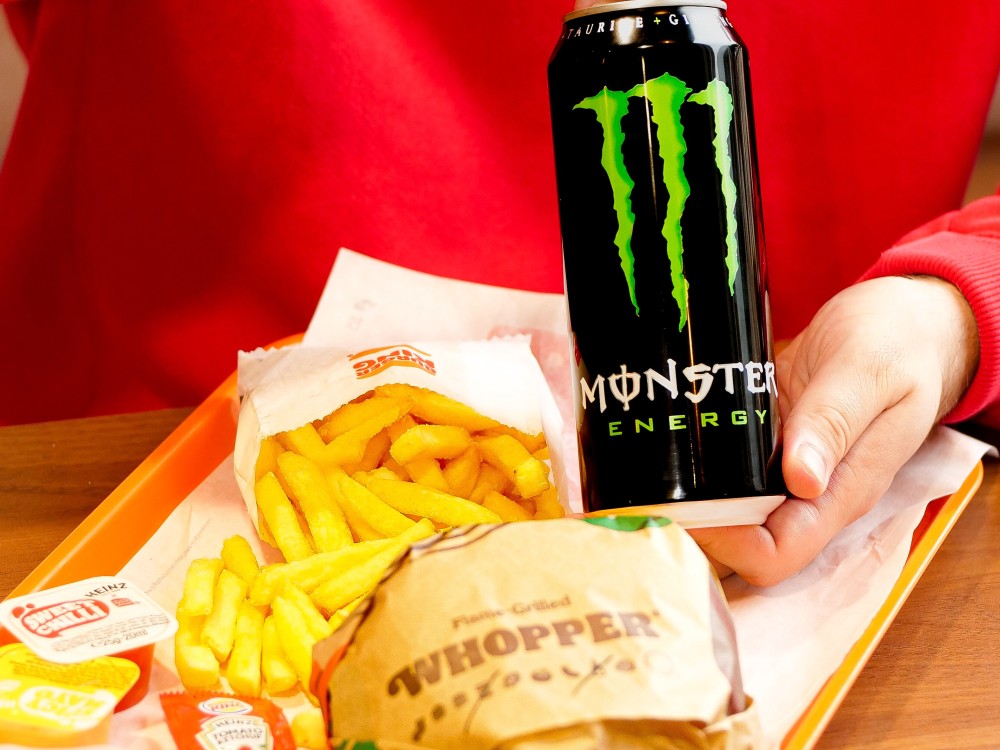
The food was great, but the place was almost deserted. Erin believes that the chain had too many outlets than necessary. She also recommends some uniformity in their restaurant designs, ultimately nodding to the mass closure and remodeling plans.
You Might Also Like:
- How Demon Slayer: Infinity Castle Became a Blockbuster & the Biggest Anime Ever
- Global Citizen Festival 2025: Shakira & Cardi B Lead NYC’s Fusion of Music and Activism
- Tim Burton & Monica Bellucci Split After Two Years Together: A Gothic Romance Ends
- Colin Farrell & Margot Robbie Reveal Regret Over Cut Dance Scene in A Big Bold Beautiful Journey
- Afrobeats Dominates UK Charts: Rema, Ayra Starr & More Lead a Global Takeover

